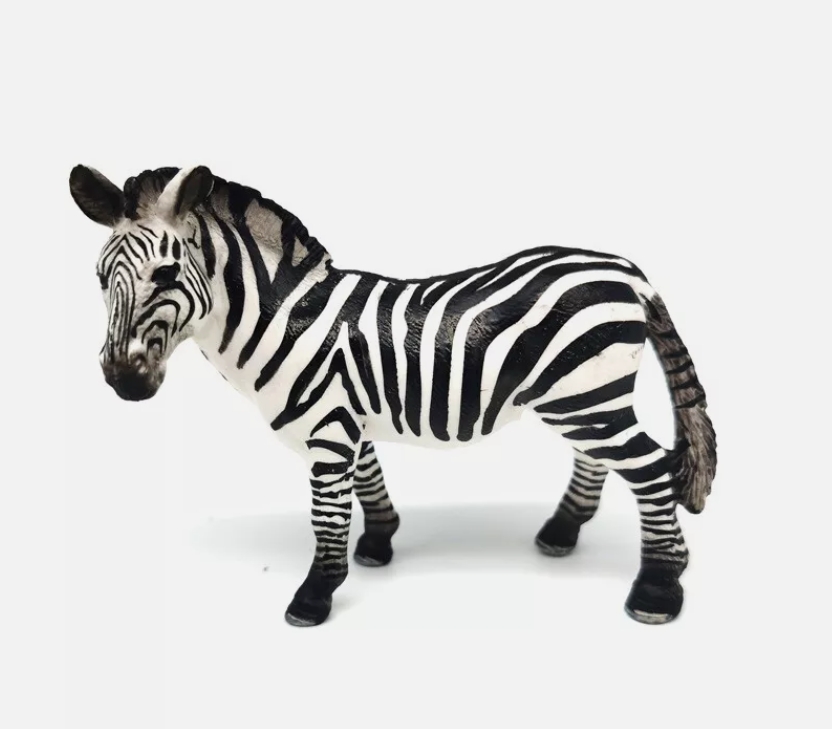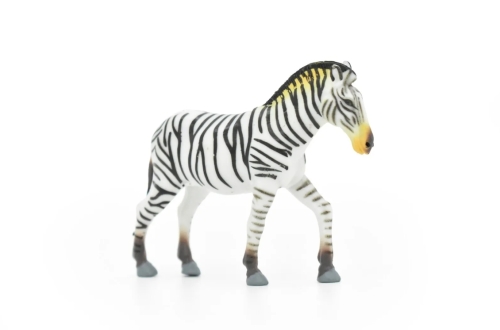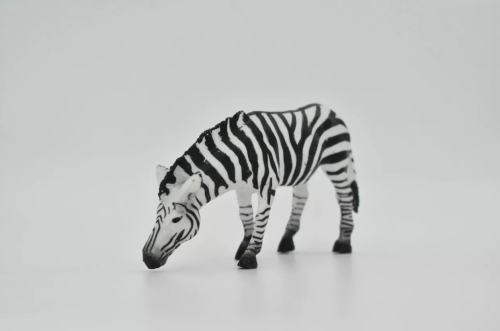The Zebra model is a tool for analyzing and understanding business and startup ecosystems. Using the characteristics of a zebra as a metaphor, it emphasizes the need to balance sustainability and social responsibility while pursuing commercial success. The proposed Zebra model stems from the shortcomings of traditional business models, especially in the context of economic globalization and accelerating social change, enterprises need to consider their impact on the environment and society more.
The core concept of the Zebra model is "to pursue profit while focusing on society." Different from the high valuation and high-risk investment centered on the "unicorn" model in the past, the Zebra model advocates a more robust business operation method. This model emphasizes that while creating economic value, enterprises should assume social responsibilities and promote environmental protection and social equity. The zebra symbolizes the balance between innovation and sustainability, and the pursuit of long-term development.
The application of this model is gaining popularity among entrepreneurs and entrepreneurs, especially those who want to build businesses with social value and impact. Under the guidance of the Zebra model, entrepreneurs should not only focus on financial data, but also consider factors such as employee welfare, environmental protection measures and social responsibility. This way of thinking encourages enterprises to optimize the allocation of resources in the process of operation, enhance social value, and counter the rapidly changing market environment.
The implementation of the Zebra model requires in-depth adjustments at the cultural, strategic and operational levels. At the cultural level, companies should encourage transparent, fair and open communication to build a climate of trust and cooperation. At the strategic level, enterprises should formulate clear social responsibility goals and integrate them into the overall development strategy.
















